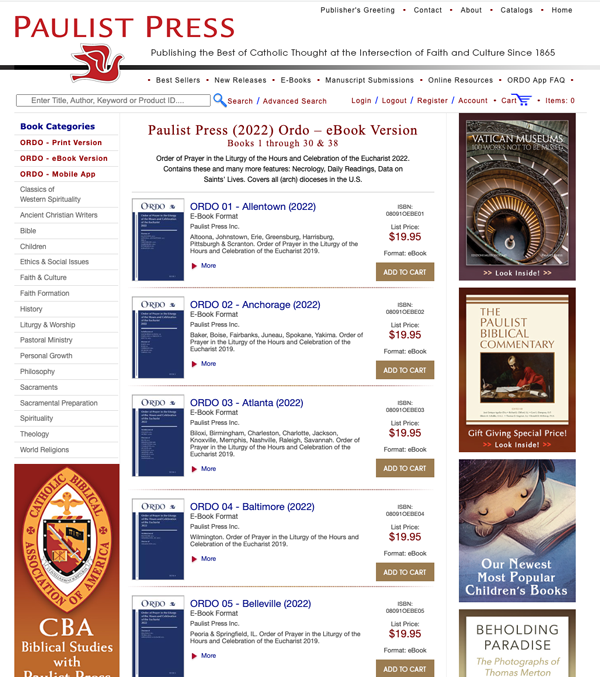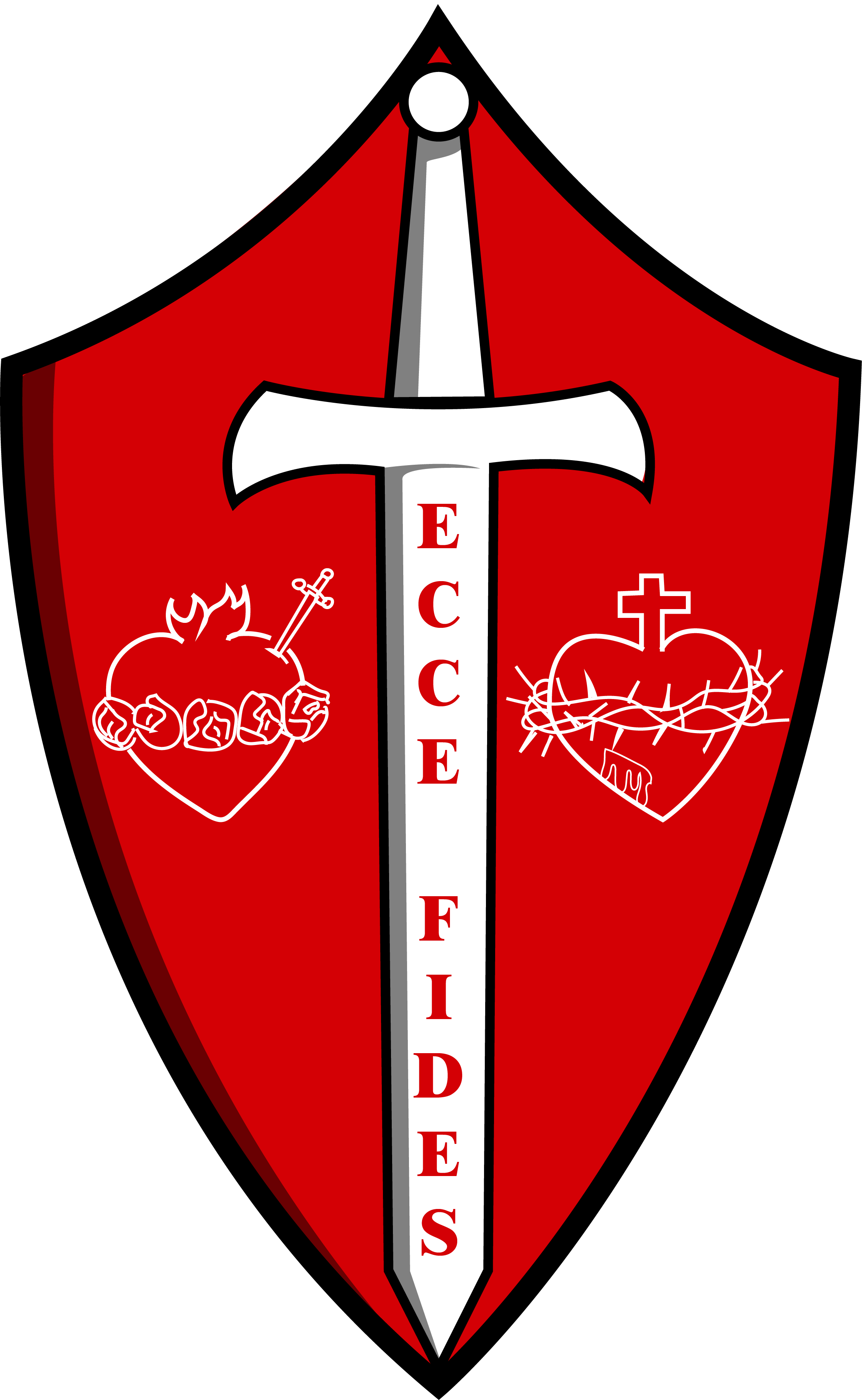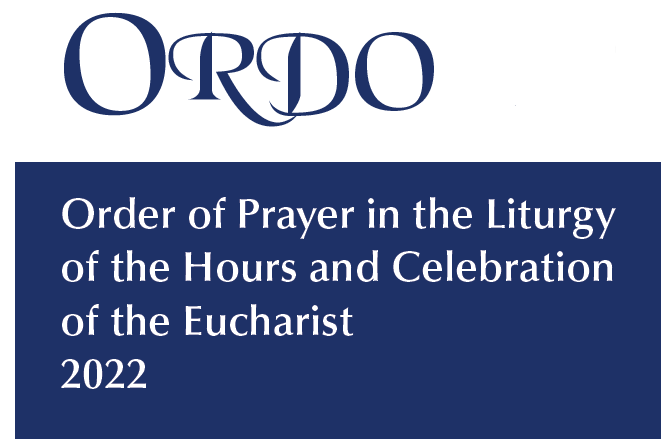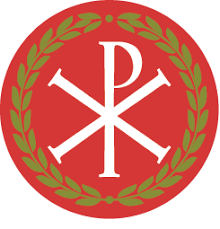In his responses, Father Peter D. Rocca provides insights into the importance of the ordo, the challenges he faced in compiling the Paulist Press edition for more than 38 years, and the ways in which his experiences deepened his own understanding and appreciation of the Catholic liturgy.
Republished with permission: Adoremus.org
What first sparked your interest in the liturgy?
My love for the liturgy began in second grade when I started taking piano lessons at our parochial grade school in Arlington Heights, IL. Back in those days, if you played the piano, it was just assumed (incorrectly) that you could play the organ. Nevertheless, I was drafted to “play” the organ at Mass. As a youngster, I came to love the chants of the Church and became very familiar with the Church’s liturgical calendar. In 1961, I entered the Holy Cross Fathers’ high school seminary on the campus of the University of Notre Dame. There I sang in the seminary choir, learning the chants of the Church. Our “hymn book” was the Liber Usualis, a sizable book of chants for Mass, the Divine Office, and other liturgical and devotional prayers. With the Second Vatican Council, my interest intensified in the liturgy with the promulgation of the first of the Vatican II documents, Sacrosanctum Concilium, the Constitution on the Sacred Liturgy. After professing my first vows as a novice in 1966, I continued at Notre Dame, completing my undergraduate degrees in history and philosophy, later obtaining a Master’s degree in theology in 1973, during which time I took (real) organ lessons.
After my first assignment as a deacon, then priest, at our Holy Cross parish in Austin, TX, I attended The Catholic University of America in Washington, D.C., where I obtained degrees in liturgical studies and liturgical music. I returned to Moreau Seminary at Notre Dame where, since 1980, I have been the Director of Liturgy and Music in the Seminary, as well as Director of Province Liturgies. I also served as an Assistant Vice President of Student Activities at the University for 12 years, and, for 23 years, as the rector of the Basilica of the Sacred Heart, the University’s main Church.
What exactly is an ordo?
Basically, an ordo is a guide to the order (from the Latin, ordo) of prayer in the Liturgy of the Hours and the celebration of the Eucharist. An ordo, at the very least, will give you the following information: the day as it is observed in the liturgical calendar (Feria, Memorial [Obligatory or Optional], Feast, Solemnity, the Sunday celebration); the readings of the day’s Mass; the daily Office for the Liturgy of the Hours; and any pertinent rubrics (e.g., during the Season of Lent, the alleluia is omitted). This is what I would call a “barebones ordo.” A good example of this would be the Latin Ordo Missæ Celebrandæ et Divini Officii Persolvendi, published by Libreria Editrice Vaticana. The Paulist Press Ordo, however, which is used by every diocese in the United States (the only edition of the ordo henceforth I shall be referring to), offers so much more: each day contains a daily precis of the readings for Mass to encourage the homily as part of the liturgical action and to assist in its preparation, and the responsorial psalm is included to further assist in the preparation of the Liturgy of the Word.
Perhaps one of the most attractive features of the Paulist Press Ordo is the inclusion of suggested presidential prayers that might be used at Mass. To further enable the scriptures to cast their light on the celebration as a whole, suggestions are made on Ferias and Optional Memorials in Ordinary Time as to which prayers from the Roman Missal might best provide a connection with the readings of the day, especially the Gospel selection. Of course, these are merely suggestions, intended only to assist the priest celebrant when so many options are available. The ordo also includes celebrations which are proper to a particular diocese (e.g., The Anniversary of Dedication of the Cathedral, the principal patron(s) and secondary patron(s) of each diocese, special Days of Prayer, and information on the appointment, ordination, and installation of the diocesan bishop). In addition, the ordo contains other useful and pertinent features. The monthly Papal Intention, to know better the concrete problems that trouble the Universal Church, especially those of the missions, is included.
A popular feature which is unique to the Paulist Press Ordo is the inclusion of the daily Necrology for every bishop, priest, and deacon of a particular diocese who died on a particular day. In addition, to encourage knowledge of the holy ones “who have gone before us with the sign of faith,” some biographical data is given on the life of each saint and blessed listed in the liturgical calendar for the United States. Lastly, to enrich a particular celebration or season, suggestions are made from time to time, as permitted by liturgical norms, to enhance an observance.
What are the origins of the ordo?
In the Middle Ages, the word ordo commonly meant a ritual book containing directions for liturgical functions, but not including the text of the prayers, etc., recited by the celebrant or his assistants. These prayers were contained in separate books, e.g., the Sacramentary, Antiphonary, and the Psalter. The ordo concerned itself with the ceremonial, pure and simple. A considerable number of Ordines are preserved in manuscript form from the eighth to the 12th centuries, commonly referred to as the Ordines Romani. The current critical edition of the Ordines Romani is Les ordines romani du haut moyen âge (1961) edited by Michel Andrieu. The ordo of today is less concerned with rubrical directions (though they are included as needed) than with giving information in general about the liturgical celebration for each day of the Church year. Before our modern ordos came to be published, my guess is that priest celebrants consulted Catholic calendars, or they referenced the calendars listing the temporal, sanctoral, and the table of moveable feasts included in the front of the Missale Romanum of Pope St. Pius V. Obviously, this was not a very handy way of keeping track of what celebrations occurred each day in the course of the liturgical year, especially when it came to the moveable feasts.
How long have you been compiling the ordo?
I was appointed general editor of the Paulist Press Ordo in 1984. I had contacted Paulist Press in the late 1970s to see if they could produce an ordo for the Congregation of Holy Cross, like the ordo I saw Paulist Press published for the Oblates of St. Francis de Sales (OSFS). Prior to the Second Vatican Council, my congregation had its own proper ordo in Latin, the Ordo Divini Officii Recitandi Missæque Celebrandæ ad usum Congregationis a Sancta Cruce. Following the Council, however, the Latin ordo ceased to be printed. Our religious would simply use the appropriate diocesan ordo which, of course, did not contain the necrology for the Congregation of Holy Cross. The first edition of the Holy Cross ordo was published in 1980. Initially, it was sent to all 480 members of my Province, a number of whom served in our missions. It was met with great enthusiasm! The only negative comment I received was from a classmate in Chile who said that the ordo was “too American.”
He wrote, “Can’t you include our Chilean saints?” That led to two separate publications of the Holy Cross ordo being printed: the US edition and the International edition, which includes the liturgical calendar of some 11 other countries! Today, the Holy Cross ordo, both editions, is used by over 1,550 religious priests, brothers, and sisters around the world. Since I have served as the general editor, in addition to already covering every diocese in the US, the Oblates of St. Francis de Sales, and the Congregation of Holy Cross, Paulist Press now also compiles the ordos for the Order of Friars Minor Capuchins, the Order of Friars Minor Conventuals, the Order of Carmelites, the Order of Discalced Carmelites, the Order of St. Augustine, and the Military Archdiocese of the USA.

What role does the liturgical calendar (and sacred time) have in the liturgy, such that the ordo is necessary?
In her article, “A Guide to the Catholic Liturgical Calendar,” author and apologist Gretchen Filz writes:
“Christianity isn’t just lived. It’s celebrated. That’s because our faith isn’t merely about doctrine. It includes a plethora of saints, historical events, and divine mysteries, that are uniquely honored throughout the year with appointed festivals. This happens according to a set rhythm called the liturgical calendar. Liturgy is ‘the work of God,’ that is, it fulfills the duties of praise and worship which we owe to God as his creatures. The liturgy is the work of divine worship offered to God by the Church every hour of every day, the greatest of which is the Holy Sacrifice of the Mass. The liturgical calendar puts the Universal Church—which has been established all over the world—on the same page so that we can celebrate and worship God in unison as the one Body of Christ. It also places heaven and earth on the same clock, so to speak; it unites heaven (our eternal home) with earth (our pilgrimage journey). As we celebrate a feast day here on earth, be assured that the angels and saints in heaven are doing the same in tandem with us, but in a far more excellent way. The liturgical calendar isn’t just for the Church in general; it should also regulate our individual lives, in how we pray and worship, both publicly and privately.”
Therefore, each of the seasons of the liturgical year (Advent, Christmas, Lent, the Paschal Triduum, Easter, and Ordinary Time) presents us with the mysteries of our salvation, each in its own unique way, each with its own emphasis, themes, and character. In the ordo, each liturgical season is preceded by pastoral notes and rubrical directives highlighting the significance of the season and how it might be celebrated in all its fullness.
Which liturgical books do you consult to compose the ordo?
Initially, when I began my work as editor of the ordo (which Paulist Press began printing in the 1960s), I consulted two documents in particular: The Apostolic Letter, motu proprio, “Approval of the General Norms for the Liturgical Year and the New General Roman Calendar” of Pope Paul VI (1969); and “General Norms for the Liturgical Year and the Calendar,” especially chapter II, “The Calendar,” and the “Table of Liturgical Days According to their Order of Precedence.” These documents were included in the front section of the Sacramentary (1985 edition) and have been reprinted in the third typical edition of the Roman Missal (see “Universal Norms on the Liturgical Year and the General Roman Calendar”).
At this point, after compiling the ordo for some 38 years, I pretty much have all the information in these documents stored in my memory bank! What is now very helpful in compiling the ordo is the fact that for a number of years I have annually compiled the liturgical calendar for the United States on behalf of the Committee on Divine Worship of the United States Conference of Catholic Bishops (USCCB).
What were some of the more difficult parts of putting the ordo together?
Speaking from a technical point of view, the most difficult challenge I faced initially was just assembling all the information using an IBM Selectric typewriter. Some of you may remember those days before computers and word processing programs. It was a very laborious process! If I forgot one item, I’d have to type the whole page over! I literally had to start from scratch every year in typing the ordo. Changes in the ordo from one year to the next all needed to be highlighted in an array of different coded colors. All I can say is thanks be to God for inventing the computer! Another challenge, initially, was collecting information on the proper liturgical calendars in those countries where Holy Cross religious minister (Canada, Mexico, Peru, Chile, Brazil, Italy, Ghana, Uganda, Tanzania, Kenya, and Bangladesh).
Some interesting liturgical questions regarding rank and precedence have surfaced over the years in compiling the US calendar and the ordo. For example, one year the Solemnity of St. Joseph, Spouse of the Blessed Virgin Mary (March 19) and the Solemnity of the Annunciation the Lord (March 25) both fell during Holy Week. What to do?
“If several celebrations fall on the same day, the one that holds the highest rank according to the Table of Liturgical Days is observed. However, a Solemnity impeded by a liturgical day that takes precedence over it should be transferred to the closest day not listed under nos. 1-8 in the Table of Precedence…. As to the Solemnity of the Annunciation of the Lord, whenever it falls on any day of Holy Week, it shall always be transferred to the Monday after the Second Sunday of Easter.”
No. 60 of the “Universal Norms on the Calendar.”
According to this rubric, it would seem that the Solemnity of St. Joseph would be transferred to the day following the Solemnity of the Annunciation, or the Tuesday of the Second Week of Easter. I asked the Committee on Divine Worship of the USCCB to consult the Congregation for Divine Worship and the Discipline of the Sacraments in Rome to resolve this unusual circumstance. Their response? Move the Solemnity of St. Joseph backward to the Saturday of the Fifth Week of Lent, and transfer the Solemnity of the Annunciation forward to the Monday of the Second Week of Lent. Who would have ever guessed?
A second calendarial conundrum occurred this year (2022) when, as I was preparing the liturgical calendar for the United States on behalf of the USCCB, it so happened that the Solemnity of the Nativity of St. John the Baptist and the Solemnity of the Sacred Heart both fell on June 24! We consulted Rome once again. Their response? Move the Solemnity of the Nativity of St. John the Baptist backward to Thursday, June 23, and replace II Vespers of the Nativity of St. John the Baptist with I Vespers of the Solemnity of the Sacred Heart on Friday.
What have you found to be the greatest reward in your work with the ordo?
What I have offered here is perhaps more than you ever wanted to know about an ordo! It is truly a blessing for me to be able, in some small way, to help those who participate in the Mass and who pray the Divine Office to celebrate the liturgy in all its fullness every day and in every season. Doing this through the ordo is for me a joy and a true privilege.


